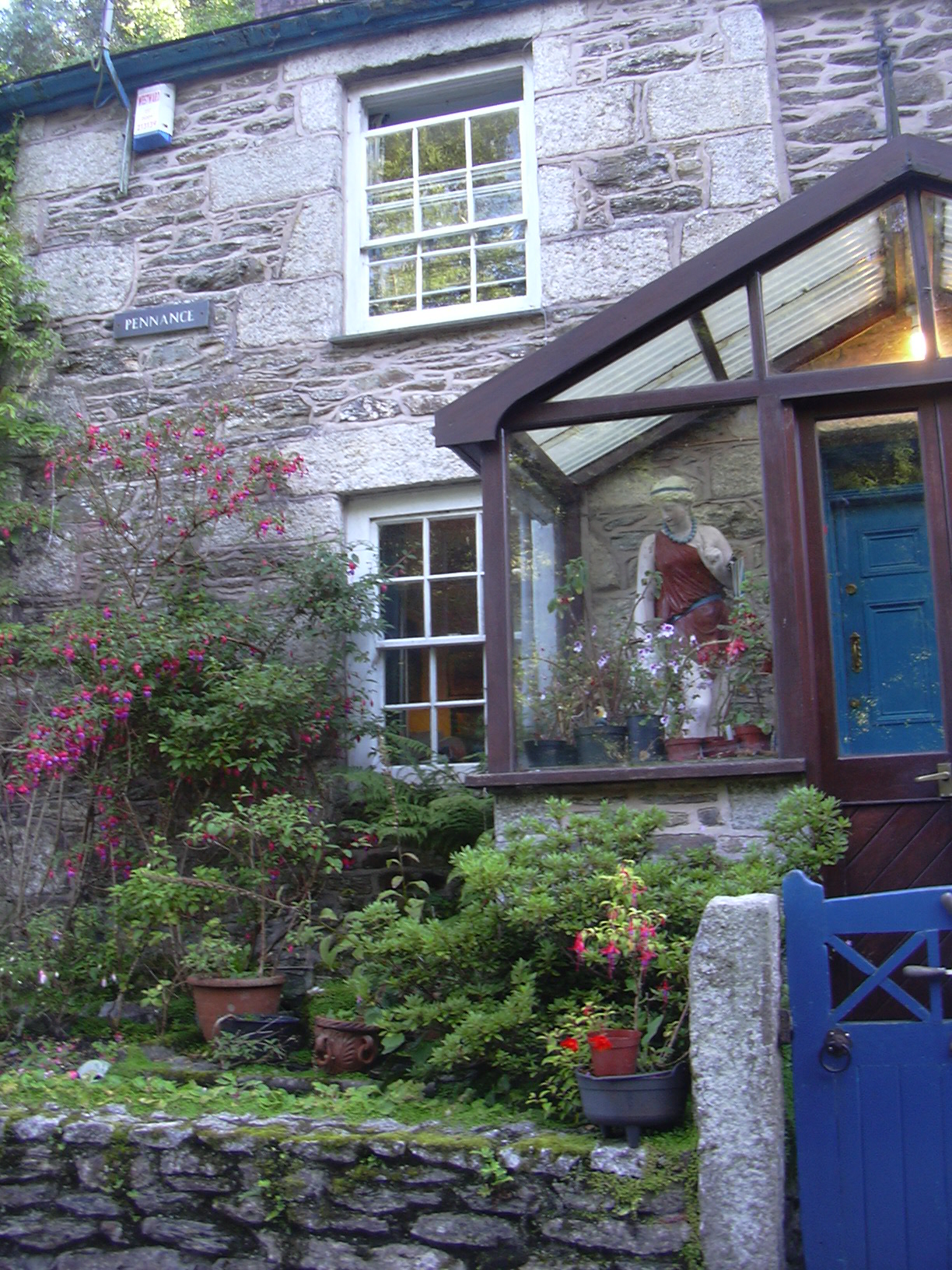Port Navas on:
[Wikipedia]
[Google]
[Amazon]

 Porth Navas ( kw, Porth an Navas) is a small village in
Porth Navas ( kw, Porth an Navas) is a small village in
Port Navas Village Website
{{authority control Populated coastal places in Cornwall Ports and harbours of Cornwall Villages in Cornwall
Cornwall
Cornwall (; kw, Kernow ) is a historic county and ceremonial county in South West England. It is recognised as one of the Celtic nations, and is the homeland of the Cornish people. Cornwall is bordered to the north and west by the Atlantic ...
, England, UK. The village was called "Cove" until the 19th century development as a granite
Granite () is a coarse-grained (phaneritic) intrusive igneous rock composed mostly of quartz, alkali feldspar, and plagioclase. It forms from magma with a high content of silica and alkali metal oxides that slowly cools and solidifies undergro ...
port and is at the head of a short creek running off the main limb which runs north from the Helford River
The Helford River ( kw, Dowr Mahonyer) is a ria (flooded river valley) in Cornwall, England, fed by small streams into its many creeks. There are seven creeks on the Helford; from west to east these are Ponsontuel Creek, Mawgan Creek, Polpenwit ...
. It is between Mawnan Smith
Mawnan Smith ( kw, Mownan an Gov) is a village in the civil parish of Mawnan in south Cornwall
Cornwall (; kw, Kernow ) is a historic county and ceremonial county in South West England. It is recognised as one of the Celtic nations, and i ...
and Constantine within the civil parish of Constantine
Constantine most often refers to:
* Constantine the Great, Roman emperor from 306 to 337, also known as Constantine I
*Constantine, Algeria, a city in Algeria
Constantine may also refer to:
People
* Constantine (name), a masculine given name ...
.
History
From medieval times until the19th century
The 19th (nineteenth) century began on 1 January 1801 ( MDCCCI), and ended on 31 December 1900 ( MCM). The 19th century was the ninth century of the 2nd millennium.
The 19th century was characterized by vast social upheaval. Slavery was abolis ...
the creek functioned as an access to the sea for neighbouring farms, whose boundaries all extended to the water at this point. With the local abundance of good quality granite, it was developed as a port to export the building material in the 19th century . The name Port Navas came into general use at this time. A track was built along the North bank of the creek with a retaining wall, and a quay with cranes was constructed for wharfs alongside. This opened for trade in 1830, and was later supplemented by a second quay further down the creek, offering deeper water. In its heyday, it bustled as a commercial port. Significant London projects included granite for Tower Bridge. Cheaper granite from Norway, coupled with the emergence of concrete led to its decline. Coasting vessels continued to transport coal and chalk until the 1930s. Other industries included oyster farming, which has taken place since 1829.
Culture and community
It is now mainly a residential and leisure area, with moorings for small craft, and pontoons at a club sited on the upper quay. The creek dries at low tide. A Methodist Chapel has recently been converted into a private house. There is a village hall that has been reinstated to its community role, and has regular activities. Porth Navas's popularity depends on its beauty as part of the Helford River, and the present return of the lower quay for commercial use in connection with the oyster fishery has aroused controversy. Porth Navas lies within theCornwall Area of Outstanding Natural Beauty
The Cornwall Area of Outstanding Natural Beauty covers in Cornwall, England, UK; that is, about 27% of the total area of the county. It comprises 12 separate areas, designated under the National Parks and Access to the Countryside Act 1949 for s ...
(AONB).
Notable residents
* Michael Foster, talent agent and political candidate.References
The Story of Port Navas, Douglas and Peggy Shepperd, Landfall Press 1994External links
Port Navas Village Website
{{authority control Populated coastal places in Cornwall Ports and harbours of Cornwall Villages in Cornwall